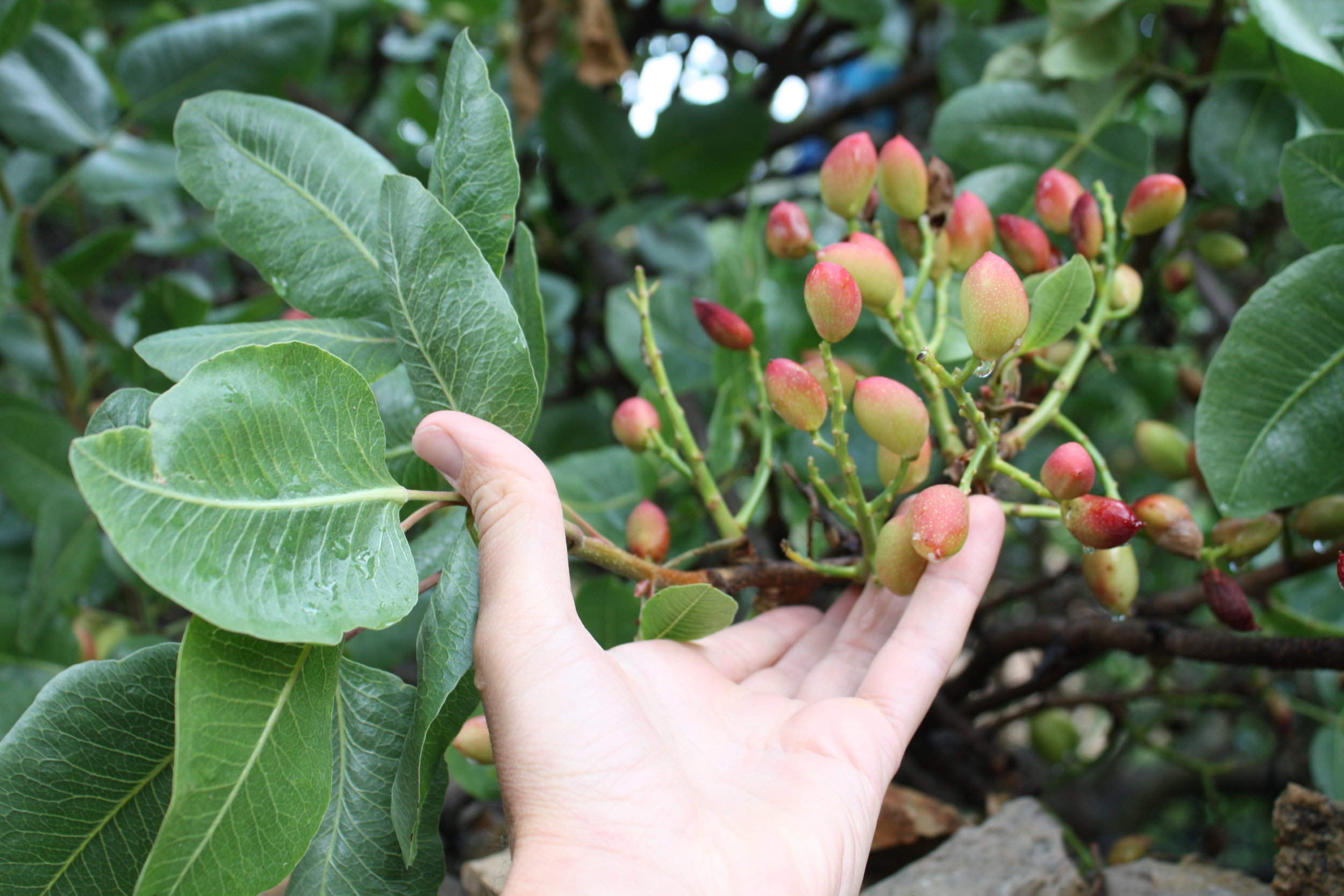Mangos, thought to be native of somewhere in South East Asia, have been in cultivation for well over four thousand years. Due to their ability to live in a variety of habitats, hundreds of cultivars have spread all throughout the tropical world. Some varieties even tolerate short winters and a light frost. Mangos are widely cultivated in tropical Africa, India, the PacificIslands, throughout tropical regions of Latin America, and in the warmer parts of Australia, California and Florida.
Mangos vary greatly in fruit size, texture and quality, ranging from smaller than an apricot to five pound grafted varieties. Most mangos have a large seed covered in fiber. Superior Mango varieties are often considered to be those with less fiber and a smaller seed. Seedless varieties do exist as well as varieties with extremely small, thin seeds. Although mangos can be found in a variety of tropical climates, in Panama they seem to thrive best in the dry tropical regions of the Pacific coast where there are two alternating wet and dry seasons. Often the origin of the Mango will determine its climate and soil preference, however, varieties adapted to the wet, humid tropics can be grafted onto a rootstalk from a dry adapted variety, and vice versa. Grafting mangos is beneficial for many reasons. A tree grown from seed can take twenty five years or more to bear fruit, and when it finally does, the quality of the fruit cannot be ensured. Additionally the seedling tree grows up to be an extremely large tree, with branches so high up it is often difficult to harvest all of the fruit. Grafted mango trees are dwarfed and will begin to bear fruit as early as two years after grafting. It can beneficial to remove the first flowers on a grafted tree so the tree can save its energy. Additionally, with grafted trees, one cultivar can be cloned onto a suitable rootstalk thus ensuring the quality of the fruit. Because grafted trees are dwarfs, they can be planted closer together and their branches can be trained laterally so as to enable easy harvest.
Mangos are related to both Poison Ivy (Rhus sp.) and Cashew. Some varieties have been reported to have highly irritant properties. The sap of some species has been reported to cause blistering of the skin and inflammation of the eyes. Breathing the smoke of burning leaves and branches or even standing under the canopy of some mango trees can cause irritation. Thus it is important, as always, to treat Mangos with moderation, and become familiar with unique characteristics of the many different varieties.


